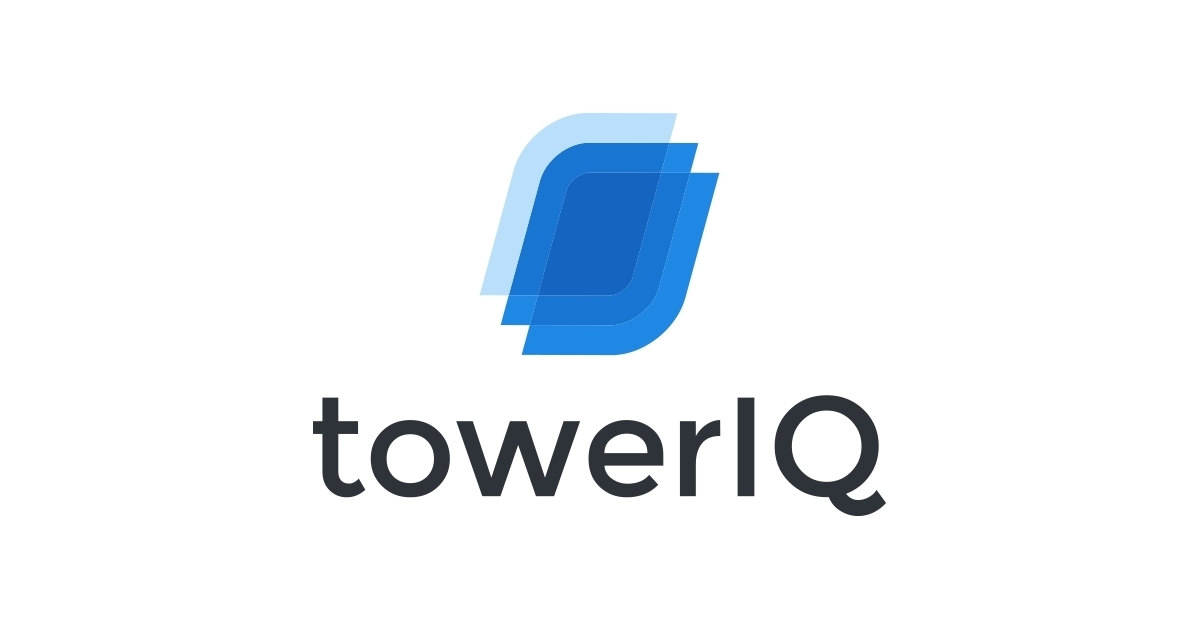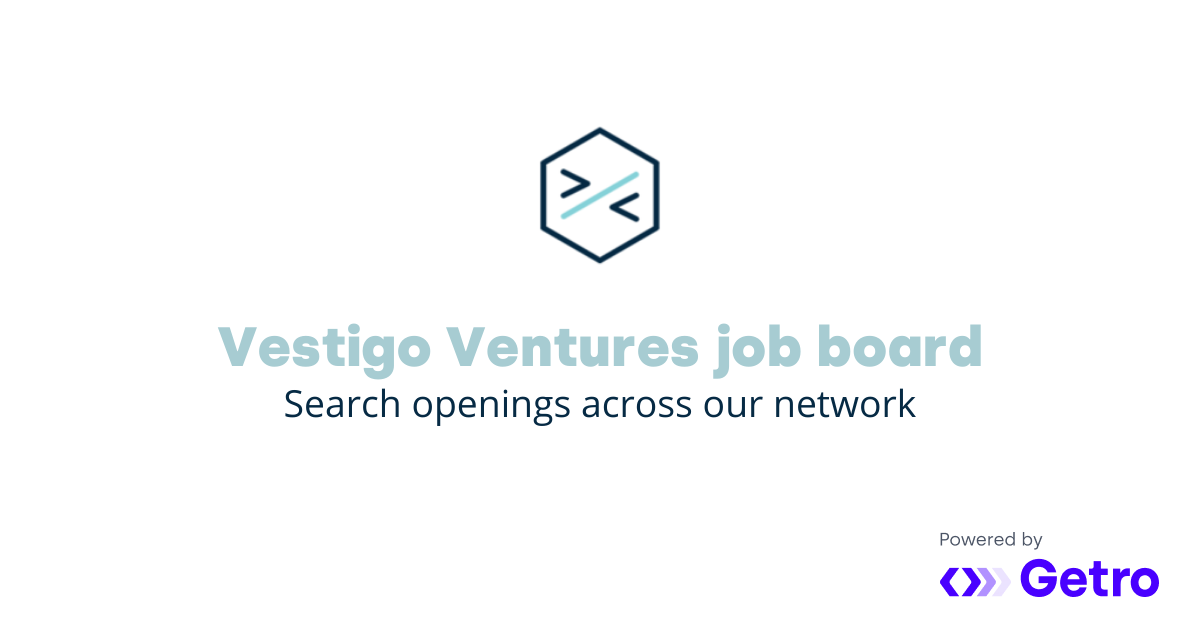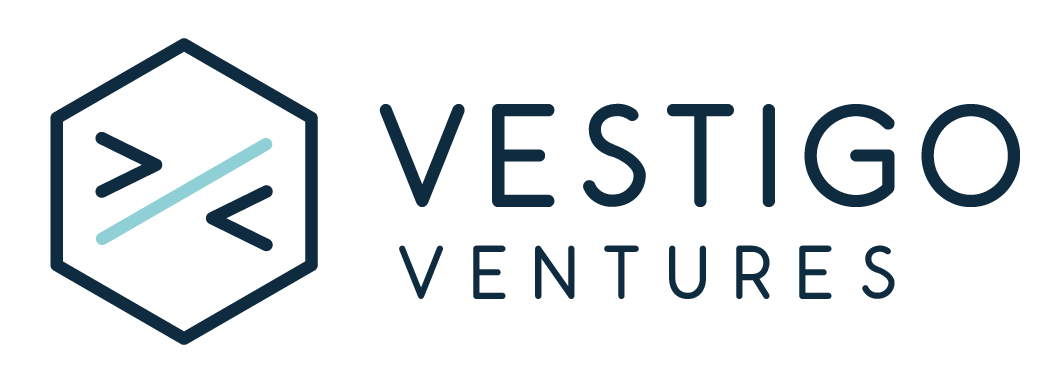Delighting Clients
Lessons from Life on Client Focus
As business owners and CEOs of several companies, both of us have stressed the need for a client-centered culture. By establishing the right culture, the company has a way of doing things that take key company beliefs into account. If you are silent on the value of the relationship with the client, you are unlikely to impact them, especially as the company gets larger and larger.
When Mark was running LPL Financial, a 4,000 person, $10 billion market cap company, we had a very clear founder-written credo. In talking to employees repeatedly, Mark heard feedback that when they were unsure what to do in a situation with a client, they would refer to the credo. How powerful!
When companies are starting, which Dave has done so many times, bringing target clients into focus in the culture is critical to success. It shows the company what to look for in an ideal client. It also defines market fit in a number of ways. So for both large companies and brand new ones, a client-centered culture makes a difference in its success.
We remain hopeful that we are coming to the end of the devastation brought by the pandemic. We have been impressed with our portfolio companies, who have remained focused on moving their businesses forward despite these odd times. It is beginning to feel like the end of this phase which all will welcome.
— Mark & Dave
Envisions Interview
Delighting Clients
w/ Corey Bober, Co-Founder and COO at Jobble
Methods to Client Orientation
We spend many hours in a week working with our portfolio companies to help them improve and win. We want to focus on how client focus shows up in this context for Vestigo. It is a key tenant for us that the customer is the center of the startup's work.
We believe that a company's client orientation should stem from either the mission statement or the company's values. Below we show some examples from our portfolio companies.
Retirable is a great example of a focus on clients stated through their mission statement. Retirable's overarching goal is to provide everyone with financial stability through approachable and professional advice. However, to ensure Retirable can focus on clients and hone their product, they begin with a smaller-segment on US pre-retirees first.
On the other hand, Jobble creates a focus on clients through two sets of company values. The first goal is to create a way for gig workers to find work while maintaining the stability to tend to family and manage expenses. The second is to help enterprise clients get the workers they need to keep their business running even during a crisis (COVID-19).
Further, any method that makes it clear and culturally appropriate for the company is how to do it. Follow what is natural to the process of building the company culture. When this is not present, we see two things that make the company's success less likely.
First, the target customer changes over time, and the lack of focus on a clear target audience results in a higher burn of capital, making market fit that much harder to achieve.
Second, when it's missing, there may not be a problem of moving targets but one of understanding market fit and market acceptance of pricing. Hard to hit what you do not focus upon.
Many may say the customer is implied by the day-to-day work. That is certainly true but being as explicit as possible helps a great deal in our experience.
Finally, all companies should put measures in place that reinforce that the client is critical. The best method any of us have seen and used is the Net Promoter Score (NPS). It was created at Bain Consulting and asked the client if they would recommend the company/product/service to others, this provides a rapid feedback loop.
As mentioned before, NPS helps a company determine whether its clients will recommend the company's services to others. The score is compiled from aggregating ratings to recommend a company from 0-10, where 9-10 scores are promoters, 7-8 scores are passives, and 0-6 are detractors. Finally, the score is created by subtracting the percentage of clients that are detractors from the percentage of clients that are promoters. Many studies find that NPS is a crucial metric. One study even displayed how NPS could explain differences in revenue growth rates among competitors in the same market.
As a final note, from our experience in taking startups from the seed level to their A round, success comes when they build cultures, show market fit and market price, and are running at $1m ARR or greater. Knowing who you are serving and listening to them is key to having that success.
— Ian, Mike & Frazer
Product Led Growth in FinTech
With the success of companies like Slack, Zoom, Dropbox, and Calendly, product-led growth has quickly become a top strategy for start-ups to grow their SaaS businesses. For those unfamiliar with the concept, product-led growth relies on the product in it and of itself, rather than sales teams, as the primary driver of customer acquisition, conversion, and expansion. In doing so, PLG-focused companies often have shorter sales cycles and lower CAC. As an indication of the success of PLG, all of the top IPOs in 2019 embraced this strategy.
The underlying focus of a product-led growth strategy is to delight the end-user. The product must ultimately solve the end user’s problem in a simple, easy-to-use way. PLG companies also deliver some level of value before generating a return, whether that is by deploying a freemium or open-source pricing strategy. Tracking user behavior within the product to quickly iterate on product improvements and enhance distribution is also key to generating a continued flywheel. By selling directly to the end-user, many PLG focused companies can slowly penetrate a company, making it much easier for a sales team to convert the company into an enterprise client.
Despite the success of product-led growth in SaaS, most enterprise-focused Fintechs still adopt a sales-based go-to-market strategy. The complex infrastructure associated with Financial Services can make it difficult for Fintech start-ups to hone their product to be easily adopted by an end-user. Additionally, the highly regulated industry has a more centralized and diligence-focused procurement process to ensure compliance and security. Lastly, many founders would rather capture the “big fish” in an arduous sales process than try to drive organic growth through smaller initial accounts. However, as any B2B Fintech founder can tell you, this is an effort that can waste a lot of time; enterprise selling in Financial Services is a slow, windy road that feels never-ending. Many spend months developing relationships only to have internal regime changes disrupt all the progress made.
However, a few Fintechs have proven that certain characteristics of a product-led growth model can be successfully deployed. Stripe is probably the best known, deploying an easy-to-use API that delighted developers while creating a seamless experience for customers. In Vestigo’s portfolio, two examples of companies adopting a PLG-like model are Railz and Alloy, who have also taken an API-driven approach to ensure quick and easy adoption. While not every Fintech may be ultimately able to adopt a product-led growth model fully, Fintechs can incorporate specific characteristics, ranging from adopting a customer-centric approach that builds an incredible end-user experience to self-serve and freemium-based pricing.
— Kelly Shaw
Portfolio Updates
Long Game Rewards App Launches
Long Game has launched its new app that layers on existing banks' infrastructure focused on customer retention and acquisition. The product is the culmination of 4 years of expertise building out a consumer app now being offered to banks.
MJ Insurance Selects TowerIQ to Power Its Digital Transformation
MJ Insurance, one of the largest privately-owned insurance agencies, has selected TowerIQ to help drive its advancements in standardization, automation, and API across the whole business. The main focus point, however, is to increase efficiency and focus on customer services.

Rollovers and the Baby Boomer Retirement Wave
Jack Sharry, CMO of LifeYield, writes about the start of the baby boom retirement wave in the Financial Advisor magazine.
Interesting Reads



Apply to One of Our Portfolio Companies!

Our mailing address is:
Vestigo Ventures
1 Kendall Sq Ste B2101
Cambridge, MA 02139-1588
Add us to your address book
DISCLAIMER: The information presented in this newsletter is intended for general informational purposes only and may not reflect current law or regulations in your jurisdiction. By reading our newsletter, you understand that no information contained herein should be construed as legal, financial, or tax advice from the authors or contributors, nor is it intended to be a substitute for such counsel on any subject matter. No reader of this newsletter should act or refrain from acting based on any information included in, or accessible through, this newsletter without seeking appropriate professional advice on the specific facts and circumstances at issue from a professional licensed in the reader's state, country, or other appropriate licensing jurisdiction. This newsletter and its content should not be considered a solicitation for investment in any way.





